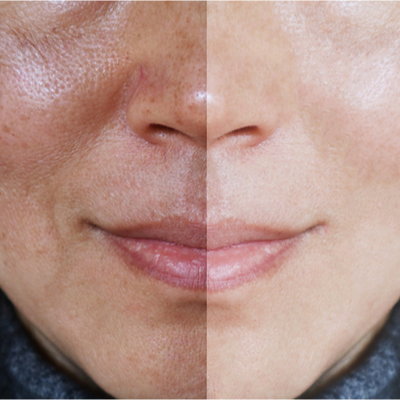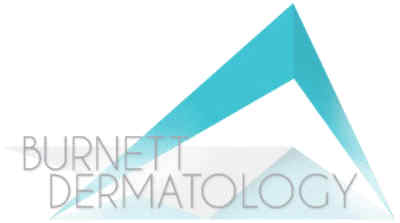 OVERVIEW
OVERVIEW
It is no surprise that aging is accompanied by many changes in our skin. As we age, our skin becomes thinner, looser, frailer, and more prone to the development of new skin growths. One of the common growths that accompany aging is the development of age spots.
What are Age Spots?
Age spots are areas of darker skin discoloration that occur in sun-exposed areas, becoming more common as we age. They may also be referred to as sun spots, liver spots, or solar lentigines.
According to the U.S. National Library of Medicine, age spots can be gray, tan, brown or black and appear as flat spots on your skin. They can appear as round, oval or irregularly shaped lesions of various sizes. They are common and happen as a result of exposure to the sun. Most people typically experience age spots in sun-exposed distribution including on their face, shoulders, back, hands and feet. They are most frequently found in older adults with fair skin, but can occur in younger individuals who have had significant sun damage or tanning bed use.
How are Age Spots Diagnosed?
Any new, changing, or concerning pigmented lesion (tan, brown, or black spot) should be evaluated by a skincare professional to rule out a serious and deadly skin cancer called melanoma.
At your visit, the dermatologist can help diagnose an age spot by performing a physical exam and evaluating your skin and skin growth. If necessary, your doctor may even perform a skin biopsy (removing a small sample of the growth) to confirm the diagnosis.
Treatments for Age Spots
Though age spots are harmless, people often desire treatments to fade or remove the discoloration for cosmetic reasons. Before pursuing any treatment, we recommend having the lesion evaluated by a dermatologist. A dermatologist can help confirm a definitive diagnosis and provide guidance regarding treatment.
The most common treatment options for age spots include:
Topical Creams
Hydroquinone (a skin bleaching cream) and tretinoin (a retinoid) are the most commonly used topical therapies for the treatment of unwanted dark spots. Topical creams containing one of these ingredients or combinations of these ingredients are commonly used to fade age spots.
Cryotherapy
Age spots can be treated with liquid nitrogen. Liquid nitrogen can be applied directly to the spots with a cotton swab or more commonly with a spray. After treatment, the site becomes pink and puffy. Over the course of 1-2 weeks, the treated site then becomes darker, and scaly, and peels away.
Laser Therapy
Numerous different types of lasers have been used to treat age spots. The specific laser used will vary from provider to provider.
Intense Pulsed Light Therapy (IPL)
IPL is a treatment that is similar to a laser. It uses high intensity pulses of visible light to treat skin conditions such as age spots. It is commonly used in dermatology to treat unwanted red spots and brown spots.
Dermabrasion
This cosmetic procedure resurfaces the skin by sanding away the outer layers of the skin with a rapidly rotating device. This exfoliative process can peel away or lighten age spots, resulting in younger looking and smoother skin.
Chemical Peels
Chemical peels are cosmetic procedures that use various chemical solutions to exfoliate your skin. Similar to dermabrasion, the exfoliative process can peel away or lighten age spots, resulting in younger-looking and smoother skin.
How Can I Prevent the Appearance of More Age Spots?
While age spots can be treated with various methods, the best defense is often preventing the development of new brown spots. Sun protection and sun avoidance are a must. Dermatologists advise their patients to cover up, wear broad-spectrum sunscreen (SPF of 30 or higher), and avoid peak hours of the sun (between 10am – 2pm).


